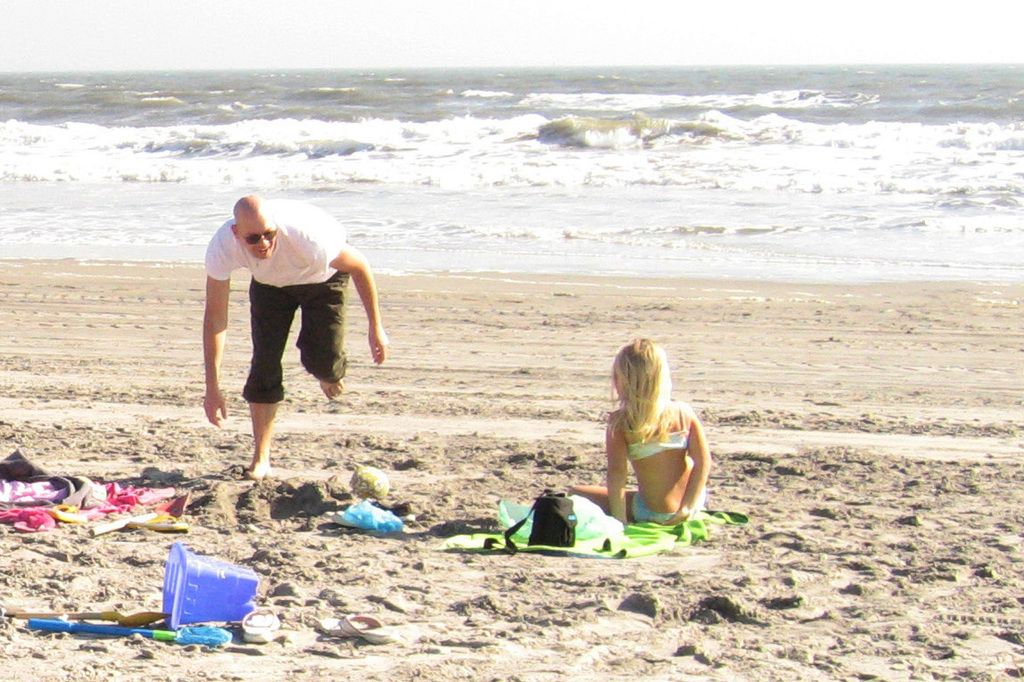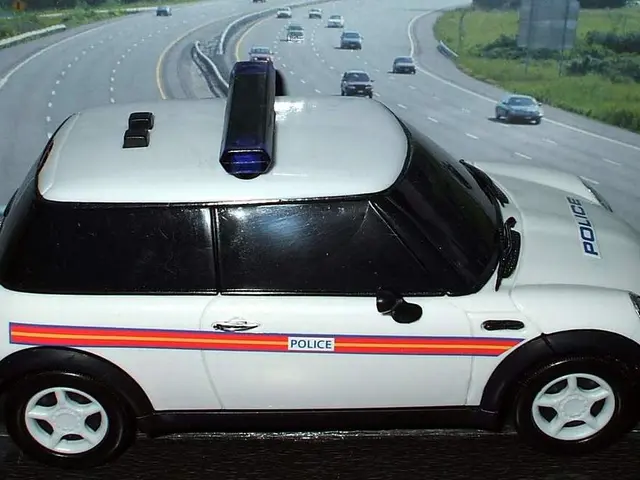Buses from Latvia are being deactivated and sent back to Belarus.
A Narrative on Travel Woes
Travelers narrating their recent journeys aboard tourist buses from Belarus to Spain via the Belarus-Latvia border claim a peculiar hiccup: Latvian customs made them return buses laden with passengers to Belarus for fuel checks.
One traveler broke the ice: "Latvians ousted us from the bus, escorting it to an X-ray machine to scrutinize the fuel quantity. Earlier, they returned one bus filled with Latvians — overfueled, needing a return trip to Belarus for draining." As they await in the bustling hall, the same predicament befalls them.
Their bus, bound for Spain, had 20 extra liters of fuel, an excess that tripped the customs radar. The bus driver admitted the difficulty in precisely measuring fuel with the onboard gauges, but the message's author hints at a possible discrepancy.
The fuel tank of a tourist bus usually holds around 500 liters, implying 20 liters wouldn't entirely tip the scales. Nonetheless, since January 1, 2025, a new regulation mandates Latin vehicles to adhere to a 200-liter fuel volume limit, regardless of the tank size.
As a consequence, a 30-hour boundary crossing ordeal ensued, as the bus had to return to Belarus and offload the surplus fuel. Interestingly, on the second go, the Latvian customs relied solely on the data from the bus's dashboard panel for fuel volume checks.
Intriguing Insights
Customs restrictions on fuel volumes can lead to several implications for tourist bus travel, should such limitations be in place. For example:
- Increased refueling: Buses might need to stop more frequently for fuel, lengthening their travel time.
- Altered routes: Adjusting routes to accommodate more refueling stations can increase travel distance.
- Carrying fuel containers: If allowed, buses might need to carry extra fuel containers (within legal limits) to extend their travel span without refueling.
Such limitations could amplify operational costs for tourist bus companies, necessitating altered routes, schedules, or even passenger capacities.
While facts on Latvia mandating a 200-liter fuel volume limit for vehicles at the Belarus-Latvia border are scant, it's plausible to assume such restrictions might be in place as part of broader customs or safety regulations. To gain accurate and precise information, it's advisable to consult official sources or the Latvian authorities directly.
- The new custom regulation in Latvia, mandating a 200-liter fuel volume limit for vehicles, could potentially have significant implications for the automotive industry, especially for tour bus companies operating in the transportation sector.
- If such fuel volume restrictions are enforced at the Belarus-Latvia border, it may lead to increased fuel costs due to more frequent refueling, altered travel routes, and the need for extra fuel containers to extend travel distance without refueling.
- This could result in a change in lifestyle for travelers, as they might face longer travel times, raised costs, or even modification in tour itineraries due to the impact on the automotive industry.




